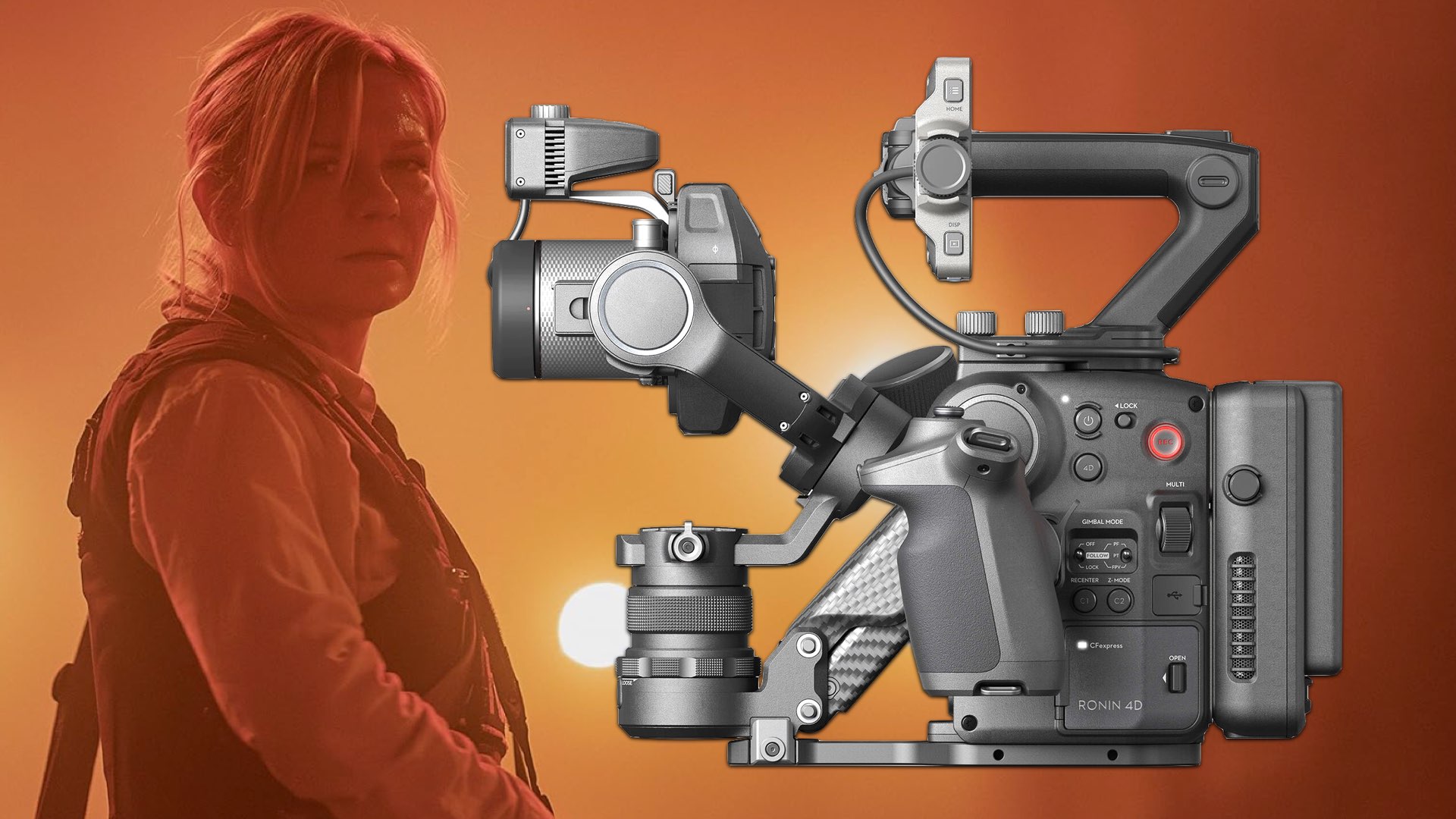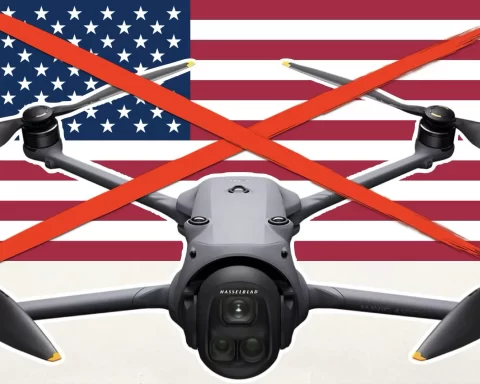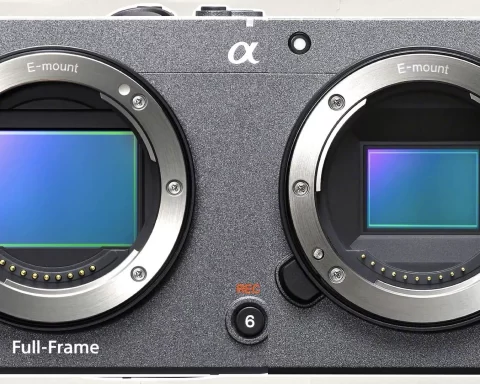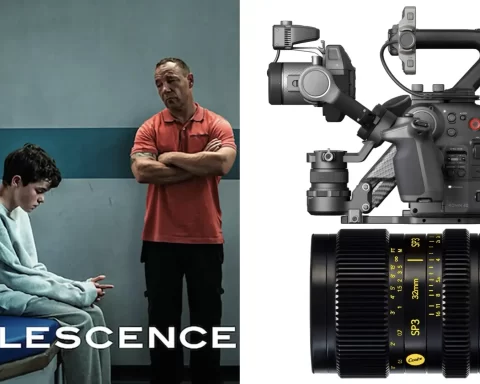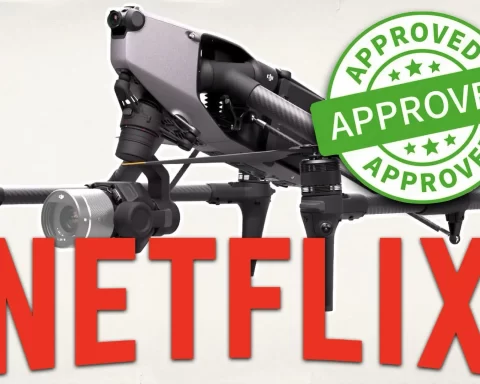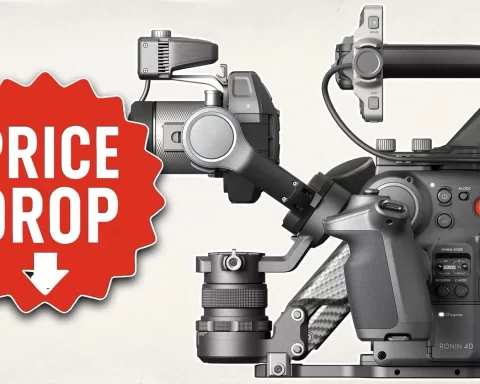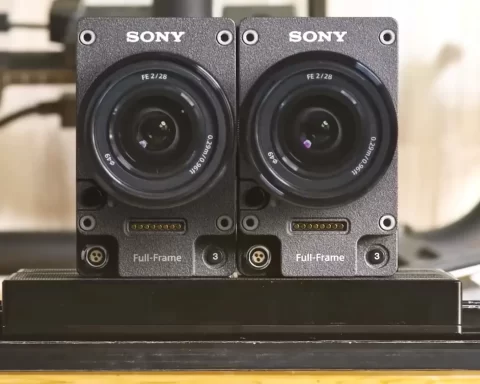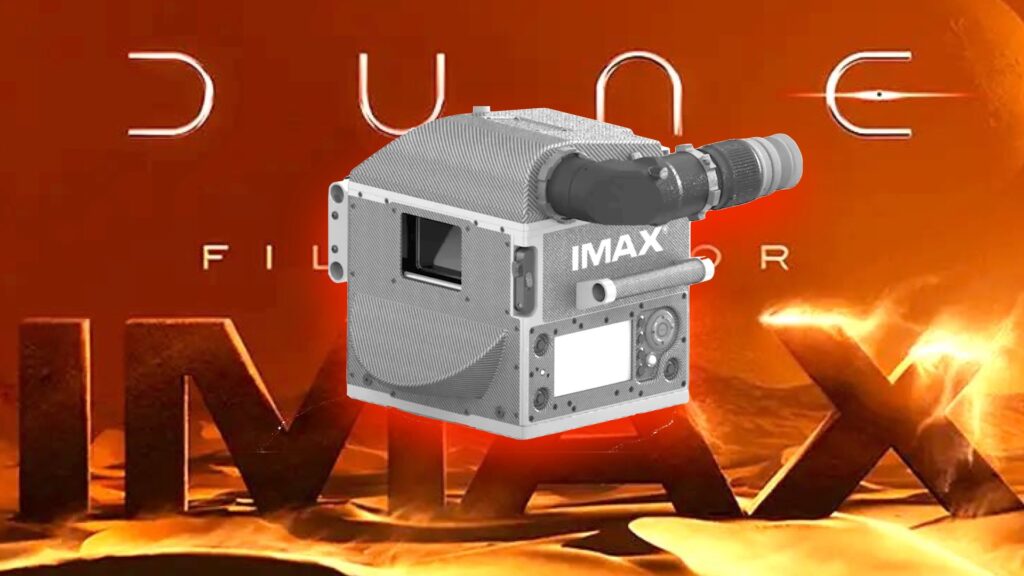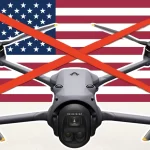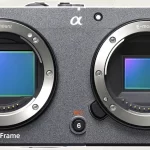It’s interesting to reveal that many DPs lately prefer using simple and technically straightforward cinema cameras to shoot high-budget action feature films. For instance, in Civil War, the DJI Ronin 4D 6K was extensively used to capture the middle of the action. It was defined by the actors as the ‘Invisible’ camera.
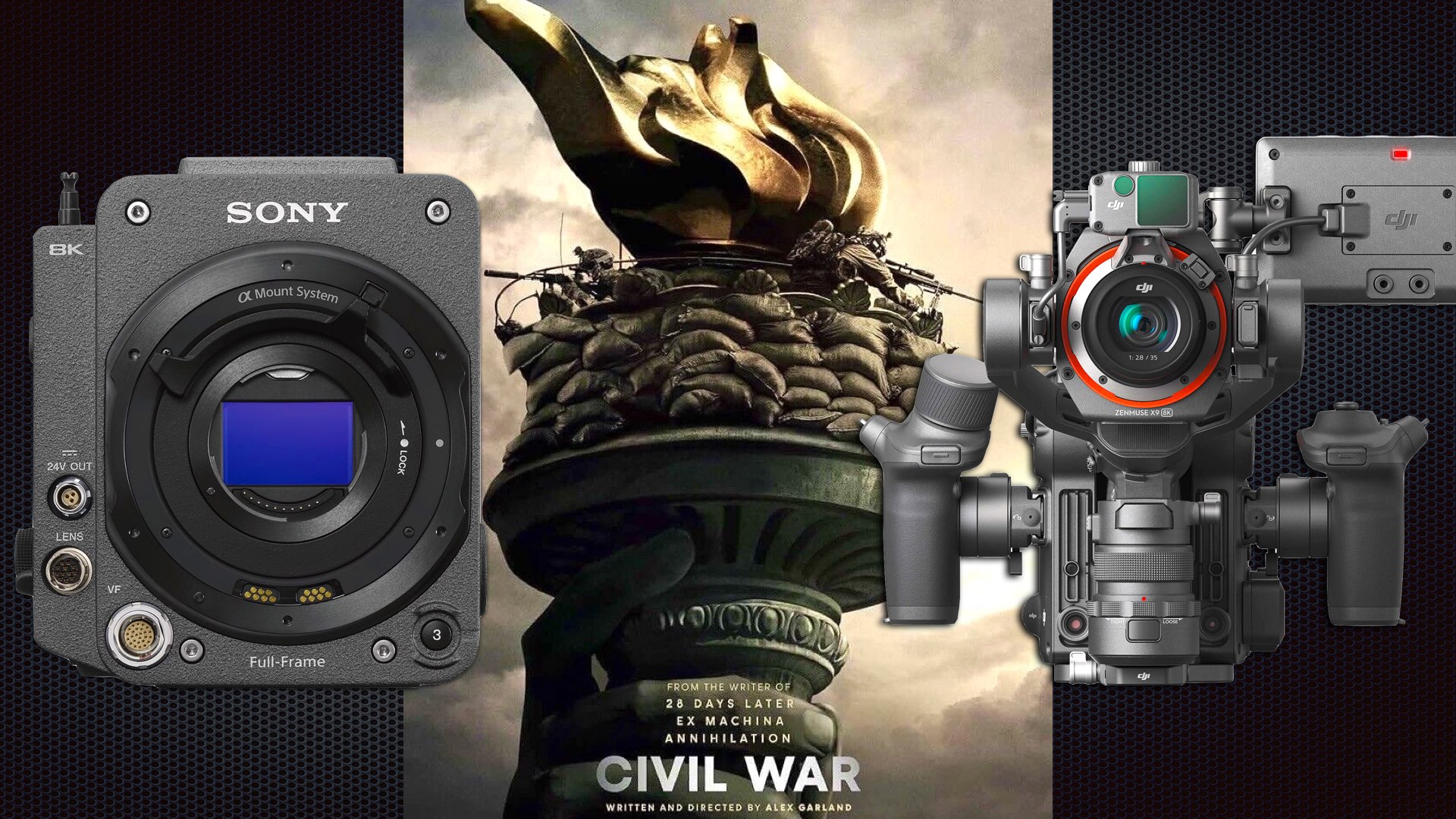
VENICE 2 & Ronin 4D
In our previous coverage of the cameras behind Civil War, we were thrilled about the thought that the DJI Ronin 4D 6K was utilized to capture this A24’s most expensive film, and we were even more delighted that this movie will be screened on IMAX. So, we thought that this was the first time that the Ronin 4D was used to shoot an IMAX project. However, we got an email from Sony stating that the main camera is the Sony VENICE 2. Indeed, the VENICE 2 is the A camera. but the DJI Ronin 4D was the main camera behind the action shots. This is not surprising as the Ronin 4D was developed to allow smooth (literally) action sequences and long takes. We don’t know if long-take methodologies were implemented in Civil War, but we know that the film contains long and extreme action sequences that the Ronin 4D become a super handy for the camera operators.
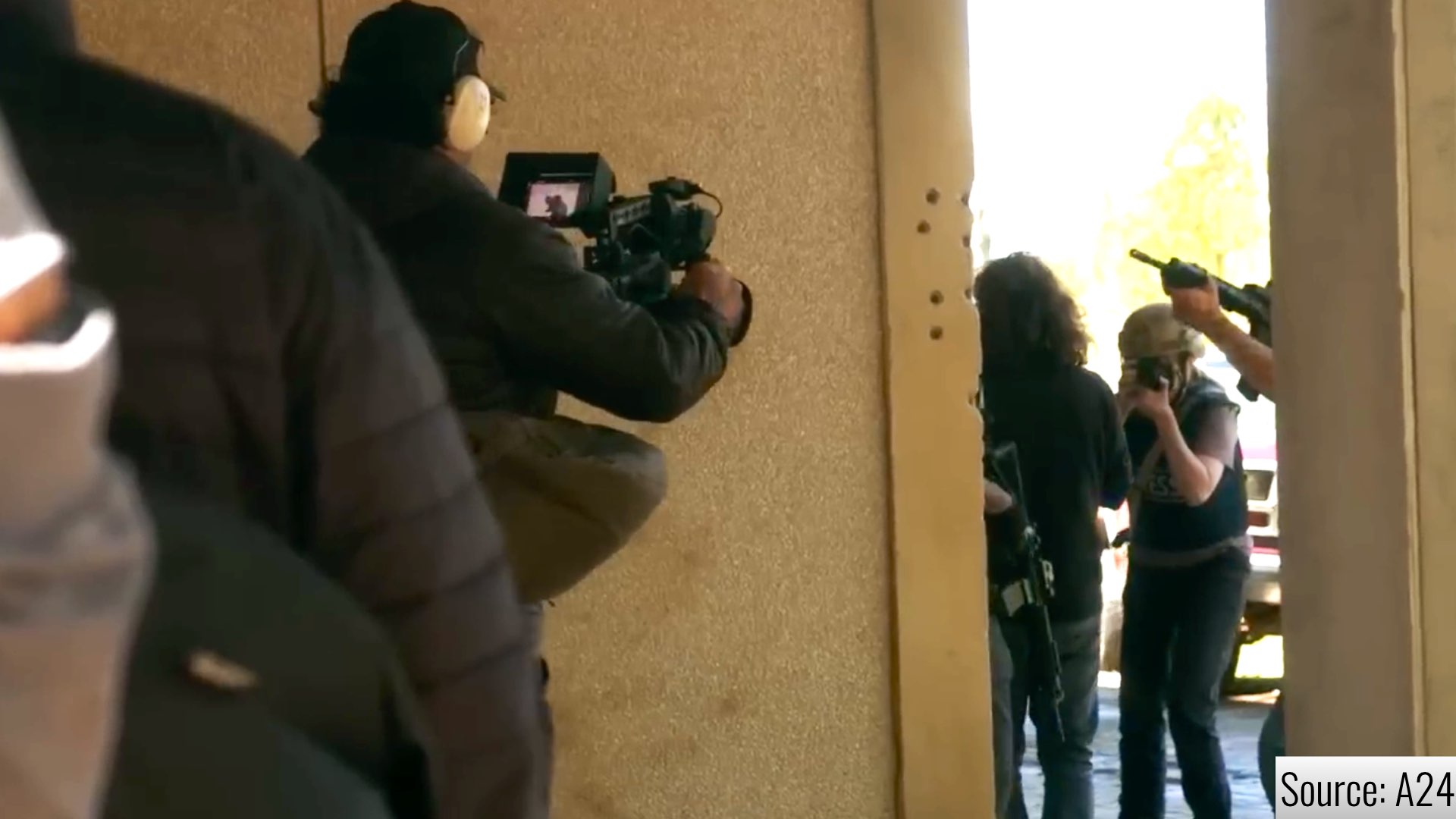
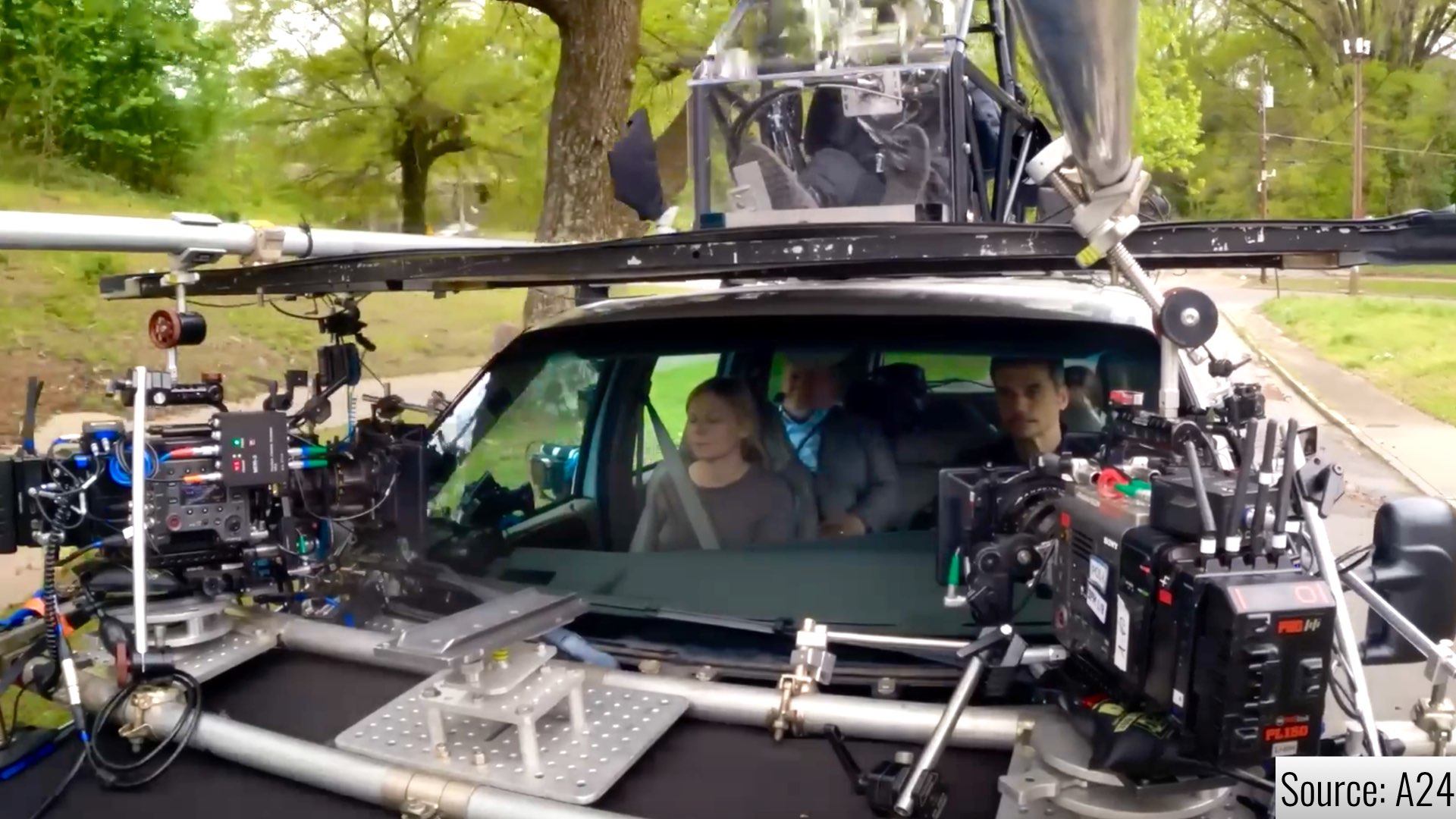
“The cameras were almost invisible to us”
The actors in Civil War said many times that the way the film was shot was really intelligent because the cinematographer Rob Hardy didn’t do it in a “traditional style”, stating: “The cameras were almost invisible to us. It felt immersive and incredibly real. It was chilling”. That would present an interesting approach since DPs tend to choose a compact, simple, but sophisticated piece of equipment to shoot complex scenes even to be screened on the huge canvas. Hence, you don’t need to do much preps. You can just grab the Ronin 4D and start shooting with it right away. That’s exactly the main advantage of this camera. It makes us satisfied to reveal this technique and needs on a mage budget project like Civil War. Here are some BTS:
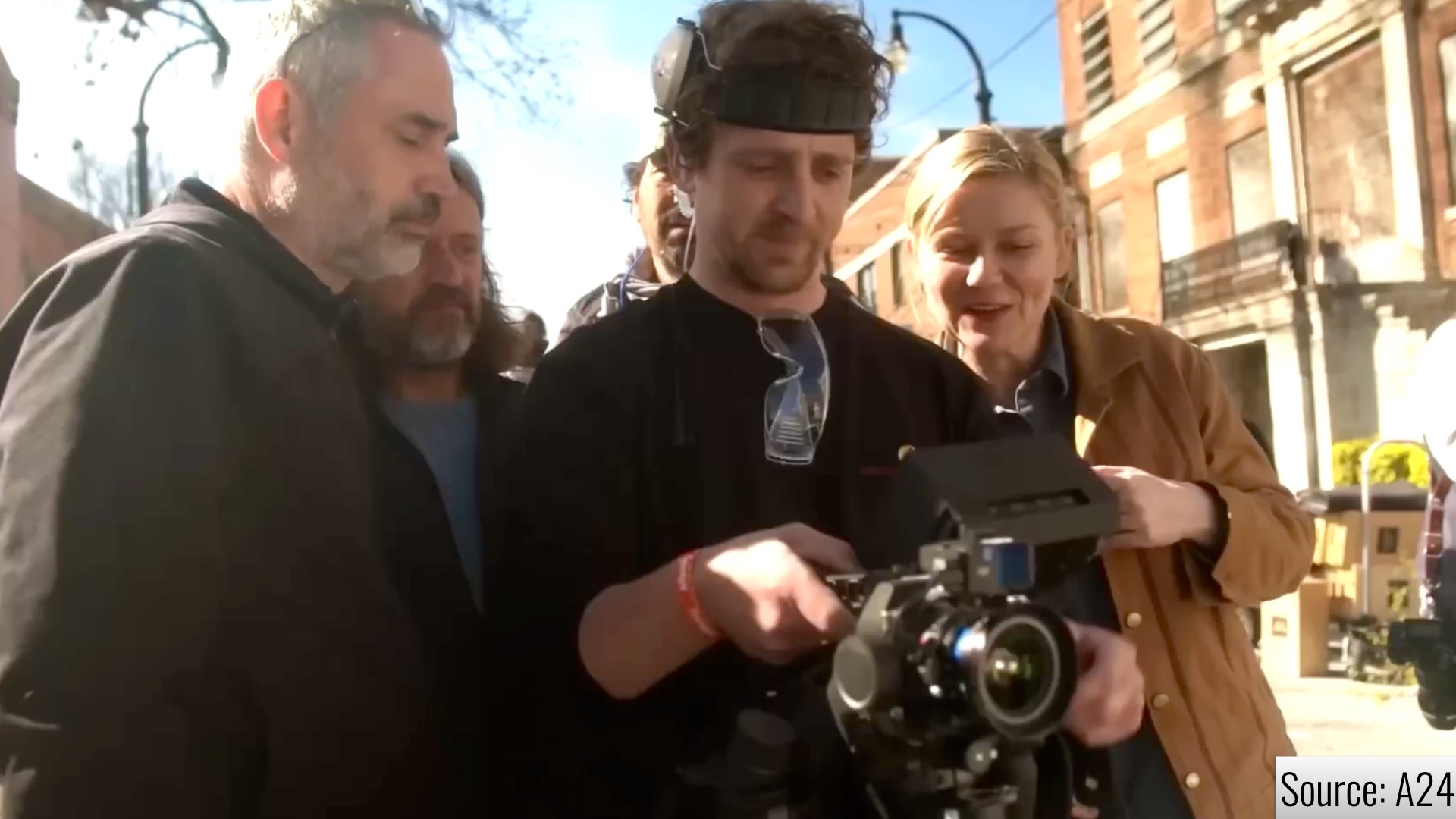
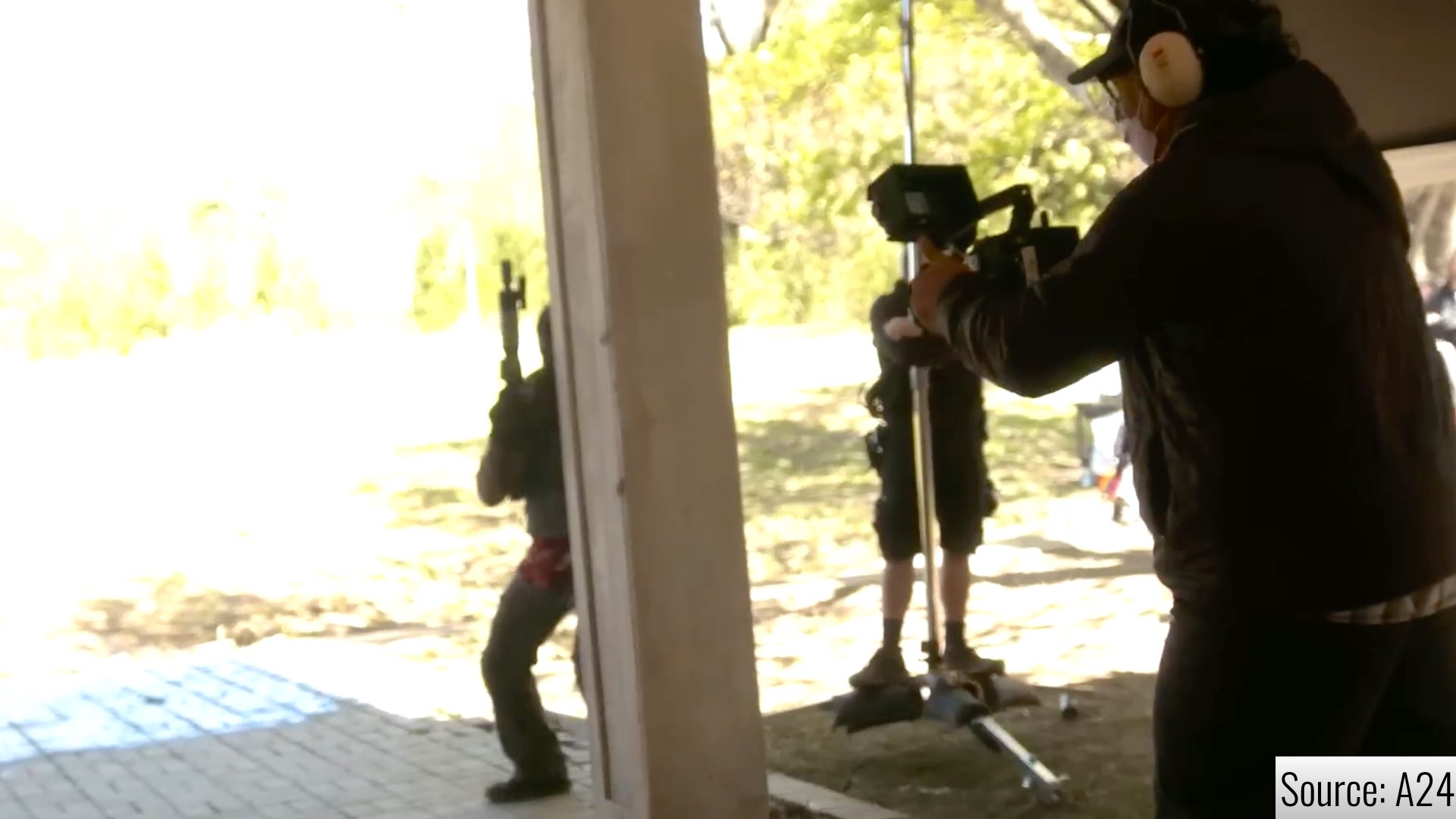
Is this a trend?
We love to write about director and cinematography Steven Soderbergh who uses unconventional cinematography techniques by using production models of cinema cameras, and affordable consumer bodies, like iPhone, Sony mirrorless, and more. And here is not alone anymore. The Creator is maybe the most solid reference for that kind of shooting. Filming an entire 80 million dollar IMAX movie on a prosumer camera (FX3), and doing this for the same reason that the Ronin 4D was picked for Civil War. We’d guess that more acclaimed cinematographers will prefer to shoot that, even on high-end projects, rather than using heavy, cumbersome and expensive top-notch cinema cameras. Time will tell.

